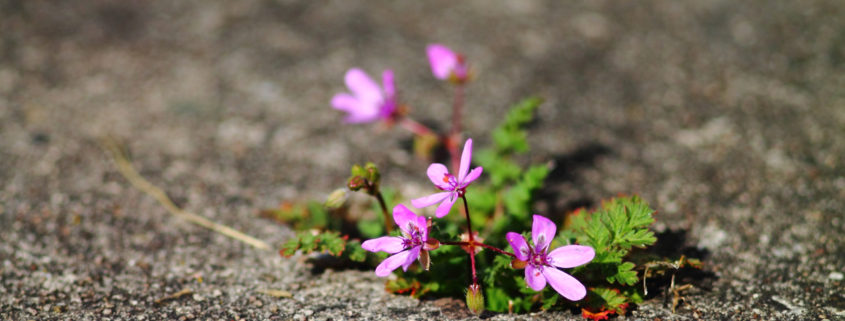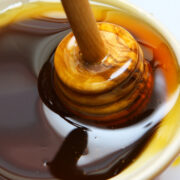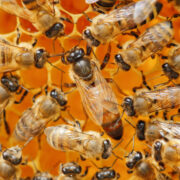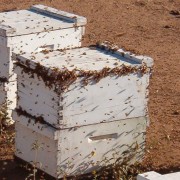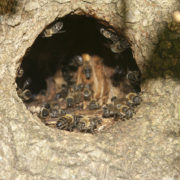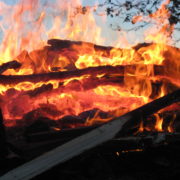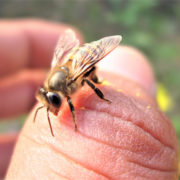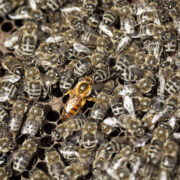Filaree and The Winning Formula
For Southern California beekeepers the formula of November and December rains, followed by January sunshine, is the holy grail winning combination.
This past November was one of the wettest in recent memory, with nearly five inches of rain falling before Thanksgiving! The benefit, of course, is that with early rain, the earliest flowers sprout much sooner than normal, giving the bees an exciting start to the new season.
The first bloom of the year in the Southern California chaparral is filaree. Filaree is a low-growing, small plant, common throughout the southwest United States, particularly in the desert areas. Around our apiaries, filaree rarely seems to grow more than three inches tall. Perhaps because it is such a petite plant, it seems to take very little time between the moment of rain until the moment that it blooms. That means that the November rains will usually cause filaree to blossom in early January, provided that there have been at least a few warm and sunny days in the interim.
If you were to walk through the countryside you could be forgiven for mistaking filaree for some sort of weed that would likely appear on a poorly weeded lawn. The tiny filaree flower is a five-petaled, purplish pink blossom that is hardly noticeable to the average person. But the bees are not average people, and they are not one to miss the opportunity of some early season action. When filaree is in play, the bees in our apiaries can be found cruising about around our feet, basically at ground level. They are not looking to sting our ankles, but rather to find the next filaree blossom and grab some fresh pollen. According to Wikipedia, filaree is also a honey producing plant, though it is not likely to produce a crop. Afterall, in early January, bee populations are relatively small and the days are still short, both of which are not optimal conditions for producing a January honey crop.

